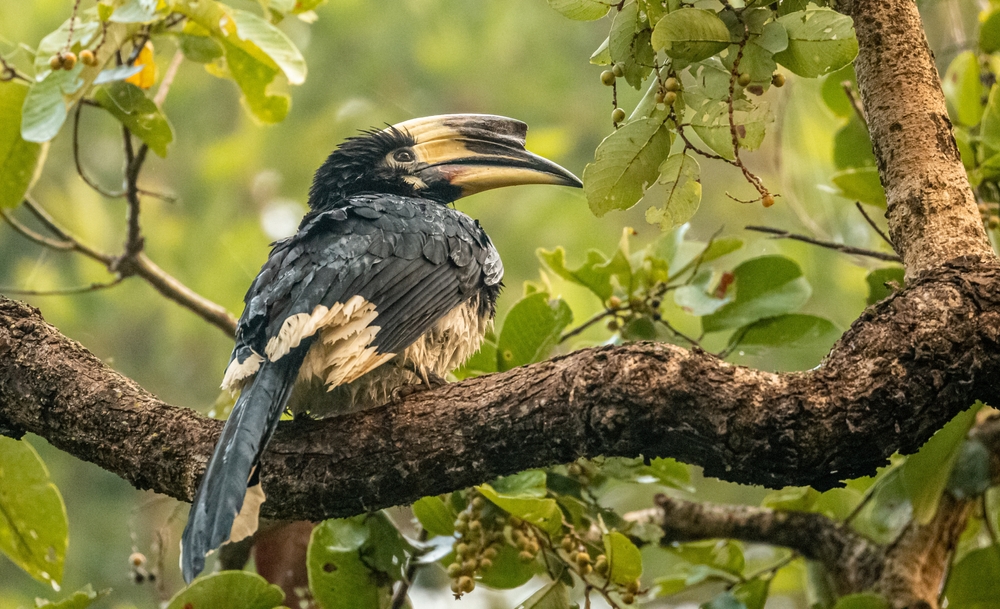Dudhwa Overview
Dudhwa National Park, locally known as “Dudhwa Rastriya Udyan,” is a pristine haven for wildlife enthusiasts located in the Terai region of Uttar Pradesh, India. The park spans an area of approximately 490 square miles (1,270 square kilometers) and forms part of the Dudhwa Tiger Reserve, which encompasses additional protected areas. Nestled along the Indo-Nepal border, Dudhwa is renowned for its unspoiled wilderness and is a cornerstone of biodiversity conservation in northern India.
The park’s landscape is a striking blend of dense sal forests, lush grasslands, swampy marshes, and meandering streams. The mosaic of habitats supports an extraordinary variety of flora and fauna. Dominating the terrain are towering sal trees, interspersed with patches of asna, jamun, and bahera trees. Vast stretches of tall elephant grass, known as terai grasslands, sway in the breeze, creating a picture-perfect setting for the animals that call Dudhwa home. Among its geographical features, the Suheli River and its tributaries course through the park, providing vital water sources for its ecosystems.
Dudhwa is a wildlife sanctuary of global importance, especially for its efforts in tiger and swamp deer conservation. The park is home to Bengal tigers, leopards, and the endangered barasingha (swamp deer), which has become one of its signature species. Other notable mammals include elephants, sloth bears, and wild boars. The park is also a paradise for birdwatchers, boasting over 400 avian species. The vibrant plumage of the Bengal florican, the melodious calls of hornbills, and the striking sightings of painted storks and black-necked storks leave visitors in awe. Reptiles, including gharials and pythons, add to the diversity of the park’s fauna.
Visitors to Dudhwa National Park often find its blend of natural beauty and biodiversity mesmerizing. Jeep safaris are a popular way to explore the park, offering close encounters with its wildlife and landscapes. Guided elephant safaris, meanwhile, provide a unique perspective as visitors traverse the tall grasslands in search of elusive animals. The Kishanpur Wildlife Sanctuary, part of the Dudhwa Tiger Reserve, is another popular spot, known for its rich birdlife and tranquil lakes.
The park faces conservation challenges, including human-wildlife conflict and poaching. However, its management has achieved significant successes, particularly in reviving the barasingha population, which once neared extinction. Ongoing efforts to mitigate habitat encroachment and strengthen anti-poaching measures have contributed to maintaining its ecological balance. Collaborations with local communities and wildlife organizations play a crucial role in the park’s conservation strategies.
Dudhwa National Park remains a testament to the unparalleled biodiversity of India’s Terai region. Its untouched beauty and thriving ecosystems offer visitors an unforgettable journey into the heart of the wild while highlighting the importance of preserving nature’s treasures for future generations.










































































